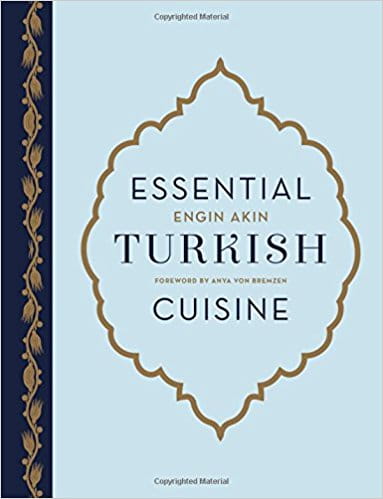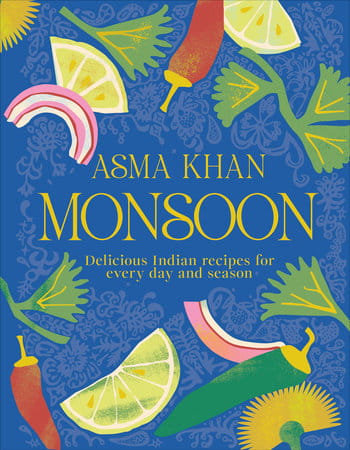
Essential Turkish Cuisine
Tom Verde
Engin Akin
2015, Stewart, Tabori & Chang, 978-1-61769-172-0, $40 hb.
The earthy diet of the Central Asian nomadic tribes from whence the Turks sprung focused on meat, milk and yogurt, and it developed along with the reach of those tribes over the centuries. Spices from the Mediterranean and Persia, such as “[c]umin, coriander, and herbs such as mint, dill, tarragon, purple basil, and green fenugreek infused traditional dishes with new flavors and aromas.” By Ottoman times, peppers, tomatoes and other imports from the New World “gave a new face and taste to Turkish dishes,” while the “broad-breasted poultry” favored by Turkish cooks lent a name to the large birds discovered in North America: turkeys. Brimming with historical detail and beautifully produced, this cookbook features some 200 of the best-known Turkish standards (lentil soup, various shish kebabs and imam bayildi, i.e., “the imam fainted,” over the prodigious amounts of olive oil in this roasted eggplant classic, legend has it), together with many probably unknown to those not reared in a Turkish Grandmother’s kitchen.
You may also be interested in...

Asma Khan’s Monsoon Cookbook Reclaims Taste of Home—Our Book Review
Known for her all-female kitchen at London’s Darjeeling Express, Asma Khan transforms her new cookbook into a memoir, steeped in nostalgia.
A Century of African Art, in 300 Voices, All in One Book
From Cairo to Khartoum to Casablanca, this volume traces how African artists have shaped—and reshaped—modern art over the past century.